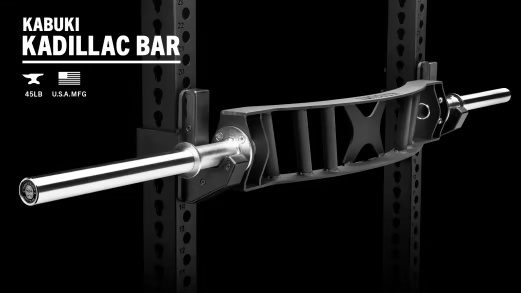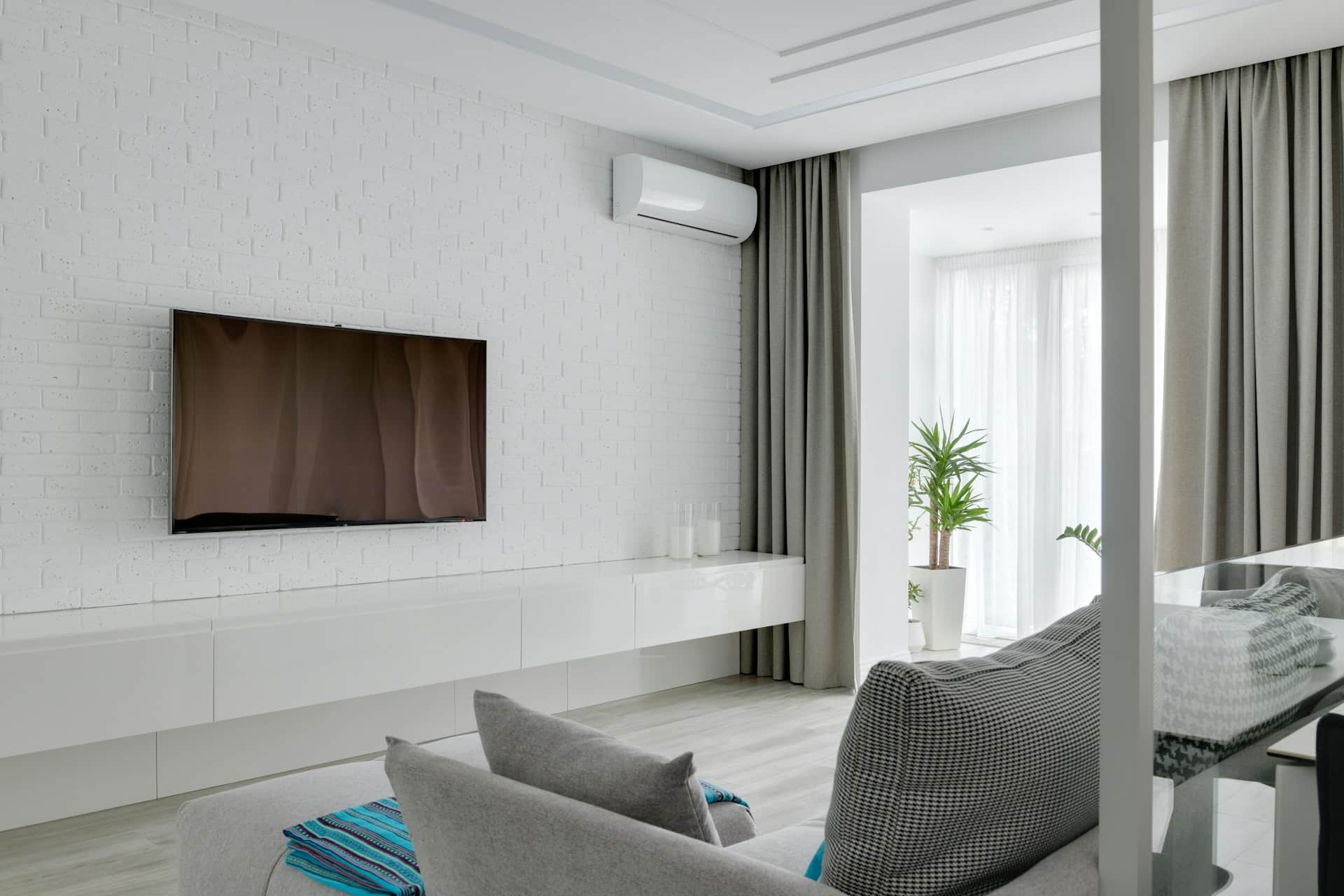As the architectural landscape continues to change rapidly, automated ventilation systems have become a cornerstone of contemporary building design. Recognizing the importance of air quality, energy efficiency, and occupant comfort, both architects and facility managers are increasingly leaning towards these smart solutions. Traditional methods, such as manually opening windows, are being replaced by sophisticated technology that allows for weather-responsive adjustments. This shift is particularly crucial in today’s climate-conscious society, where efficient ventilation is not just a luxury but a necessity for future-proofing residential and commercial spaces.
Optimizing Indoor Air Quality through Smart Technology
Recent attention to air pollution has prompted a necessary reevaluation of how we think about building ventilation. Automated systems can effectively improve indoor air quality by replacing stale air with fresh air, thereby reducing allergens, pollutants, and even airborne diseases. Studies have shown that a well-ventilated environment contributes significantly to improved health, productivity, and cognitive function—important considerations for schools, offices, and healthcare facilities.
Additionally, automated ventilation offers the advantage of minimizing reliance on energy-intensive air conditioning systems. By employing natural ventilation strategies, buildings can not only cut down on carbon emissions but also lower electricity costs. Thoughtfully designed structures utilize cross-ventilation and stack effects to maximize airflow and thermal comfort. Some advanced systems can even optimize ventilation based on energy-efficient schedules, adjusting during cooler parts of the day to maintain a balance between comfort and sustainability.
The Fusion of Flexibility and Practicality
In modern architecture, solutions need to be both adaptable and unobtrusive. Automated ventilation systems fit this bill perfectly. Their ability to function seamlessly with various building types—whether in new constructions or retrofitting—is invaluable. With sleek controls that can be discreetly integrated into existing designs, these systems enhance the visual appeal of spaces while still delivering on functionality.
Moreover, the inclusivity of design is enhanced as automatic systems allow individuals with mobility challenges to modify airflow without physical strain. This thoughtful consideration of accessibility makes it easier for everyone to enjoy healthy indoor environments, with well-ventilated areas regardless of ceiling height or accessibility challenges.
The Future of Intelligent Building Standards
As environmental regulations tighten and sustainability becomes a focal point in building codes, automated ventilation systems are poised to become standard practice. Smarter building technologies, which automatically regulate airflow based on real-time data, promise to elevate user experiences significantly. Investing in automated ventilation now not only contributes to healthier living and working spaces but also aligns with future building standards focused on environmental stewardship.
Long-Term Advantages of Automated Ventilation Systems
The benefits of automated ventilation extend far beyond immediate energy savings. Over time, these systems enhance the sustainability and health of buildings. By reducing mechanical heating and cooling needs, they offer a significant reduction in operational costs and carbon footprint. Improved air quality translates to better respiratory health and cognitive function for occupants, creating a more supportive environment for learning and productivity.
In addition to air quality, these technologies help mitigate moisture problems and prevent mold growth, thus extending the life of the building’s infrastructure. Moreover, as green building regulations become more stringent, proactive adoption of automated systems ensures compliance and enhances operational efficiency. Therefore, this technological investment proves advantageous not just for immediate users but also for building owners and the environment in the long term.
Final Thoughts
The integration of automated ventilation systems into new buildings represents a significant step toward better air quality and energy efficiency. By harnessing smart technology to control airflow, energy usage, and occupant health, we are actively taking steps to combat climate change and reduce air pollution. These automatic systems enhance comfort and incorporate significantly into smart building frameworks while improving indoor air quality and reducing operational costs.
The strategic implementation of these technologies is essential for creating sustainable, functional, and durable environments that cater to the needs of both occupants and the planet.
Image Source: Unsplash
































